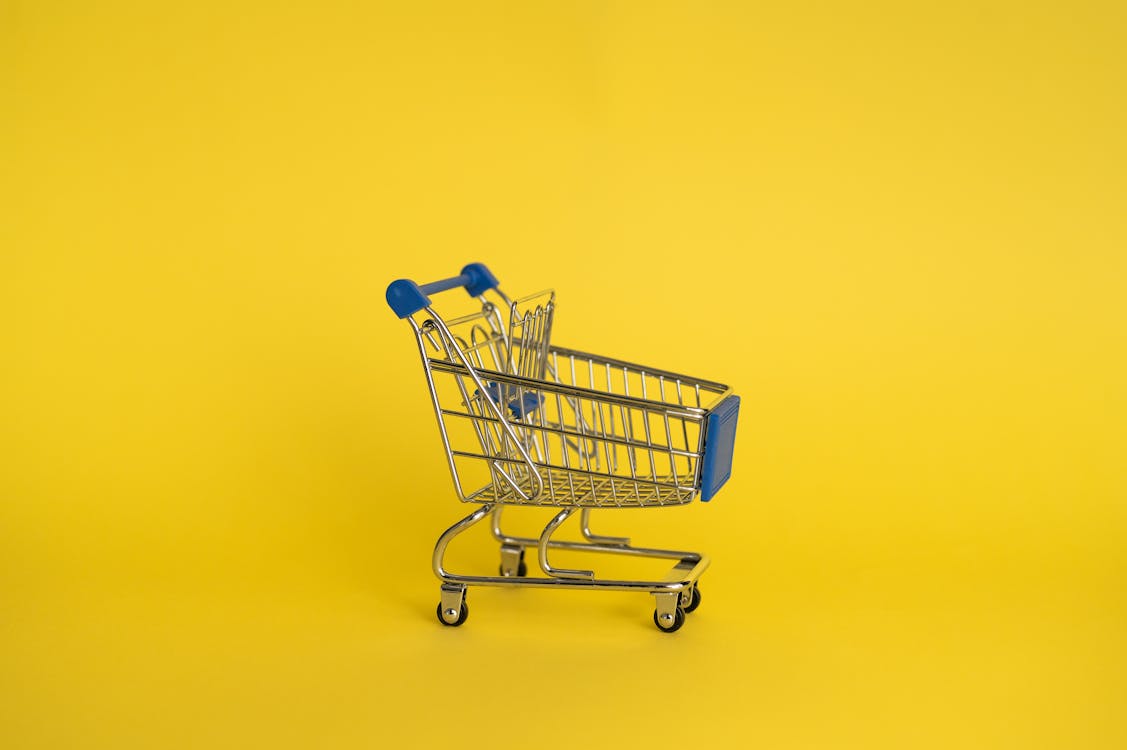30 August, 2022 by Siddhi Mahambre
Streamlining sales of an electronics products retail store
Background
The retail store has been running for the past 25 years. After every sale, the salesperson issues an invoice to the customer using an on-PC type application for billing. This data is exclusively available on the PC that the data is fed in. The store follows a warranty service or replacement based on the type of product sold and on the type of issue that the customer may face with the product.

Challenge
Money matter-
The customers are known to the business owner and choose to pay upfront. But sometimes it so happens that the advance/token amount is paid to place an order and then when the product is handed to the customer, it becomes difficult to find a manual record of the exact amount paid at that moment. This leads to a slight amount of discomfort in the client and may reflect poorly on the salesperson.
Warranty issues-
If a customer chooses to claim warranty on any or all of the products purchased in a particular invoice, it is difficult to identify when the product was sold. This generally happens if the invoice number and other details are not available with the customer at that time. There is no way to find out if extended warranty was purchased.
Inventory tracking-
Once a customer claims a warranty, the salesperson takes back the product and sends it to the repair department of the store. After working on it, either the whole product or some parts of the product are replaced with new ones from the stock. The damaged under warranty parts are sent to the manufacturer, replacement for which is sent to the store in some time.
It becomes difficult to keep a track of which items were sent to the manufacturer and how many replacements have been received.
After sales-
Once a product is sold, the company has a specific requirement of servicing: First 6-months, then a year, then every 2 years etc. The end users rarely remembered the date of purchase or the date of service. It is also really difficult for the client to maintain a list at his end, considering the number of sales. The after sales support amounts to nearly 30% of the revenue, and a considerable portion of this is lost due to lack of data.
Solution
Our standard RBM-CRM + RBM-inventory was helpful to the customer. The system was customised to add the serial numbers of materials at the invoice level and at delivery challan level. The system also allowed searching for all documents based on serial number. The invoices, customer info, delivery challans, serial numbers, service request, service visits, warranty claims were also fully inter-linked. This meant if a customer walked in the store and gave his mobile number, the salesperson could track the complete details of each of his purchases. Same thing if someone came in with the product and forgot what contact number was given at the time of purchase.
After the sale is made, based on configuration of each product, a reminder is generated to the service personnel whenever a service visit is due for a unit. The system also indicates if the service visit is in-warranty or not.
The invoice has a QR code which can be scanned to put in a service request, warranty claim, or to put in a referral. On scanning the QR code, the system also shows the end user details related to past claims, services or upcoming services. The same QR code is pasted on the material itself. Each time a service person goes to service the unit, a new print of QR code is pasted on the unit to ensure it does not fade away.
A custom built warranty management system allows tracking of material on both sides, i.e. bad material sent to the manufacturer, awaiting replacement and bad material received from the customer, who gets a replacement from stock. The system generates a quick overview showing what is pending and for how long.
Success
Post sales revenue grew by 34%.
Proper record of token amount received has helped the salespersons to confidently tell the customers their pending amounts of the current and past purchase, if any.
The client carries out a monthly audit to check if there is any material pending with the manufacturer. A routine follow up call has ensured that 100% of the material returned to the manufacturer has been replaced in a timely manner.
The front-office sales team reported that end users are also happy with the efficient service and in the coming years they expect a higher percentage of repeat customers.